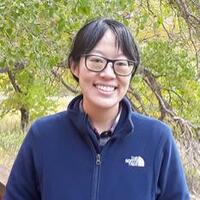
Diana Y. Qiu
Assistant Professor of Mechanical Engineering and
Materials Science, Yale University
Many-body Effects on Exciton Dynamics and Nonlinear Optics in Low-Dimensional Materials
In low-dimensional and nanostructured materials, the optical response is dominated by correlated electron-hole pairs—or excitons—bound together by the Coulomb interaction. Understanding the energetics and dynamics of these excitons is essential for diverse applications across optoelectronics, quantum information and sensing, as well as energy harvesting and conversion. By now, it is well-established that these large excitonic effects in low dimensional materials are a combined consequence of quantum confinement and inhomogeneous screening. However, many challenges remain in understanding their dynamical processes, especially when it comes to correlating complex experimental signatures with underlying physical phenomena through the use of quantitatively predictive theories. In this talk, I will discuss three different frontiers related to the first principles understanding of exciton dynamics. Firstly, we will explore the relationship between exciton dispersion and exciton-phonon interactions and how this can be used to understand transient microscopy experiments in molecular crystals. Secondly, we will look at how the electron-hole exchange interaction drives dynamical excitons processes for both bound and resonant exciton states in halide perovskites, transition metal dichalcogenides (TMDs), and topological insulators. Finally, we will look at many-body effects in nonlinear optical response going beyond the perturbative regime. We reveal many-body effects on the enhancement of transverse high harmonic generation (HHG) in monolayer TMDs and its relationship with the Berry curvature.

Dr. Javier Duarte
Associate Professor of Physics, UCSD
Title: Exploring Higgs bosons at high energies: From jets as graphs to fast machine learning on FPGAs
April 1, 2024 at 4:10 PM, Roessler 55
Since the discovery of the Higgs boson at the LHC, we have strived to measure its properties and interactions to identify any deviations from their expectations that may give hints for new laws of physics. These deviations may be amplified at high energies. When a highly energetic Higgs boson is produced, its decay products form collimated showers, called jets, that overlap within our detectors, making it challenging to reconstruct and identify them using traditional techniques. Instead, we have turned to machine learning methods to enable measuring highly energetic Higgs bosons. In this talk, I will describe two significant machine-learning developments that have had major impacts on Higgs boson physics at the LHC.
The first is treating jets as graphs and analyzing the pairwise relationships between particles in “graph neural networks” to achieve better signal-to-background discrimination. The second is accelerating machine learning algorithms for the trigger so they can run in nanoseconds on field-programmable gate arrays to preserve precious signal events that would otherwise be discarded forever.
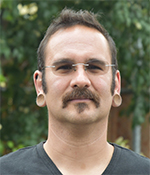
Dr. Roberto Andresen Eguiluz
Associate Professor of Physics, UCSD
Assistant Professor of Materials Science and Engineering, UC Merced
Title: Sticky science: Unlocking Biomolecular Secrets with SFA Slip’n Slide
November 6, 2023 at 4:10 PM, Roessler 55
The Surface Forces Apparatus (SFA) is a force spectroscopic technique to directly measure the interaction forces between two macroscopic surfaces, with sub-nanometer distance resolution and tens of piconewton force sensitivity. Combined with multiple beam interferometry (MIB), it allows us to observe the boundary between a solid and biomolecule film in real time and in-situ. This seminar will describe the SFA, and how we are using it to elucidate the molecular mechanisms that allow bacteria stick to surfaces in aqueous and salt-rich environments to engineer wet adhesives with potential use in biomedical applications, as well as the molecular interactions that regulate friction and wear in synovial joints, such as the knee or hip.
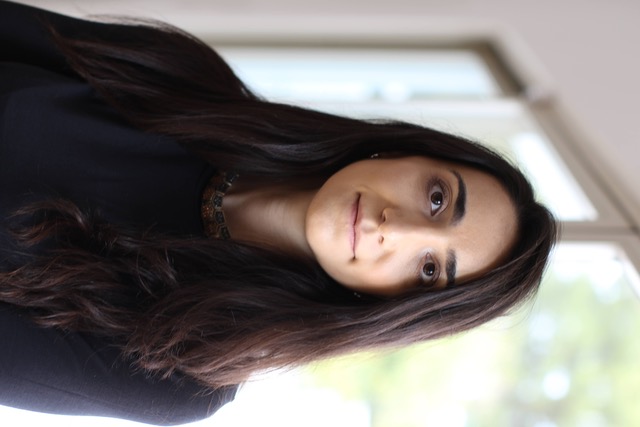
Dr. Caterina Vernieri, Assistant Professor, SLAC National Accelerator Center (SLAC)
Title: A “cool” route to unveil the Higgs boson’s secrets
February 27th, 2023 at 4:10 PM, Roessler 55
The Higgs boson was discovered in 2012 by the ATLAS and CMS experiments at the world’s most powerful particle collider, the Large Hadron Collider (LHC) in Geneva, Switzerland. This particle plays a unique role in fundamental physics. It gives all of the known elementary particles, including itself, their masses. While we now have a strong evidence that the Higgs field is indeed the unique source of mass for the known elementary particles, the next step is to search for new interactions that could also explain why the Higgs field has the properties required by the Standard Model of particle physics. We have no clear roadmap to this new theory but the Higgs boson plays a crucial role in this quest. The goal of a next-generation e+e- collider is to carry out precision measurements to per-cent level of the Higgs boson properties that are not accessible at the LHC and HL-LHC. In this talk we present the study of a new concept for a high gradient, high power accelerator, the Cool Copper Collider (C^3), that could provide a rapid route to precision Higgs physics with a compact footprint. The exploitation of the complementarity between LHC and future colliders will be the key to understanding fundamentally the Higgs boson.
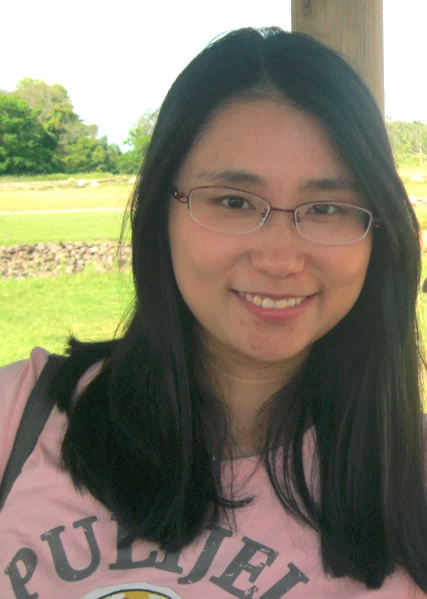
Chunhui Du, Assistant Professor of Physics at University of California, San Diego (UCSD)
Title: Harnessing Nitrogen Vacancy Centers in Diamond for Next-Generation Quantum Science and Technology
May 16, 2022 at 4:10 PM
Advanced quantum systems are integral to scientific research and modern technology enabling a wide range of emerging applications. Nitrogen vacancy (NV) centers, optically active atomic defects in diamond, are naturally relevant in this context due to their unprecedented spatial and field sensitivity, single-spin addressability, and remarkable functionality over a broad temperature range. Many of these advantages derive from the quantum-mechanical nature of NV centers that are endowed by excellent quantum coherence, controllable entanglement, and high fidelity of operations. In this talk, I will present our recent work on developing state-of-the-art NV-based quantum sensing and imaging techniques and demonstrate their direct applications to address the current challenges in both condensed matter physics and quantum sciences and technologies. Specifically, we have utilized NV centers to probe the exotic charge and spin properties of emergent quantum materials including high-Tc superconductors, magnetic topological materials, and antiferromagnetic insulators. We also integrate NV centers with functional magnetic devices to develop hybrid quantum systems, promoting the role of NV center at the forefront of quantum technologies. Lastly, I will briefly discuss our ongoing efforts to explore quantum sensing using emergent color centers beyond NV centers.

Hanna Terletska, Assistant Professor of Physics at Middle Tennessee State University
Title: Understanding electron localization in quantum materials using cluster embedding tools.
April 25, 2022 at 4:10 pm
Functional quantum materials, including Mott insulators and high-temperature superconductors, are at the forefront of condensed matter research. These materials are being actively explored for transformative technological applications, including efficient energy generation, storage, and transmission. Understanding the fundamental mechanisms behind the exotic phases of matter emerging in quantum materials is a grand challenge, which must be overcome to maximize technological advancement. Due to the complexity of the many-electron problem numerical treatment is often required. Over the past decades, numerical analysis has become a very powerful tool for studying strongly correlated electron systems, both clean and materials with defects.
Electron localization (driven by electron interactions or disorder) is a key feature of numerous quantum materials. Various exotic phases of matter with dramatic changes in electronic, magnetic, transport properties find their roots at electron localized states. Hence, its understanding is critical for further control and optimization of quantum materials and their applications. In this talk, I will first present our results on electron localization in the Hubbard model and beyond using the Dynamical Mean Field Theory and its cluster extension. I will demonstrate how the Mott metal-insulator transition can be described in the framework of the quantum critical phase transition. I will also share our recent results on treating electron localization in disordered electron systems using the typical medium quantum cluster approaches.
Acknowledgments: this work is supported by NSF CAREER grant # 1944974 and NSF OAC grant # 1931367.
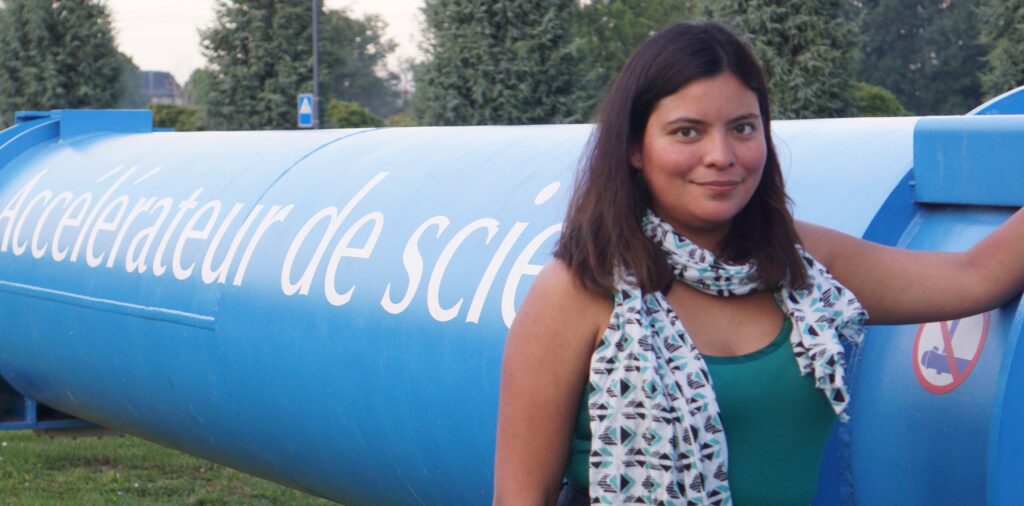
Title: The perfect storm of recent LHC results
January 31, 2022 at 4:10 PM
Questions surrounding the properties of the Higgs Boson as well as astrophysical evidence for dark matter suggest that new fundamental particles and interactions are awaiting discovery. Over the projected lifetime of the Large Hadron Collider (LHC) experiments, my group is utilizing the wealth of data collected by the Compact Muon Solenoid (CMS) to search for these particles by using top quarks and Higgs bosons as guiding lights. Through detector developments and machine learning techniques, we have begun to severely constrain prevailing notions of how natural solutions to Higgs mass hierarchy and dark matter can manifest themselves experimentally. I will show the latest results from the LHC and discuss possible future directions in our search for new physics phenomena.
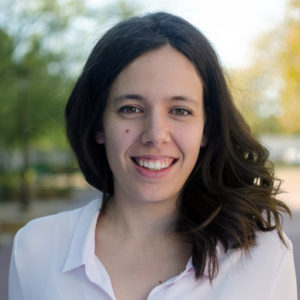
Title: Quantum optics in atomic arrays
Apr 26th, 2021 at 4:10 PM
Tightly packed ordered arrays of atoms (or, more generally, quantum emitters) exhibit remarkable collective optical properties, as dissipation in the form of photon emission is correlated. In this talk, I will discuss the single-, few- and many-body out-of-equilibrium optical physics of atomic arrays, and their potential to realize versatile light-matter interfaces. In particular, I will focus on subradiance (where atoms are “dark” and become decoupled from the radiative environment) and on its counterpart, superradiance (where atoms are “bright” and radiate much faster than a single atom would). I will finish by discussing the implications of collective light matter interaction in quantum information processing, non-linear optics, and metrology.
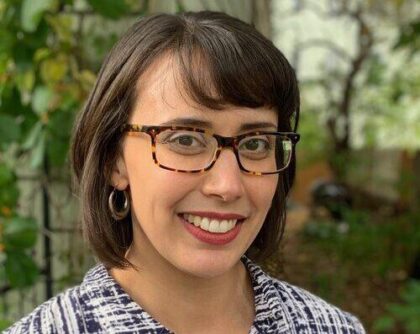
Title: Scanning the X-ray Sky for Dark Matter
May 3rd, 2021 at 4:10 PM
The nature of dark matter is a driving question of 21st century physics. Dark matter particle interactions could imprint characteristic signals in cosmic-ray and multi-wavelength observations of the sky. The central challenge is to distinguish these signatures from similar spectra produced by standard astrophysical processes, such as the life and death of stars and the interactions of cosmic rays with interstellar material. I will review my group’s work using the NuSTAR X-ray satellite telescope to deliver new insights on both light dark matter and stellar backgrounds to these searches.

Cosmic Neutrino Experiments at the Highest Energies
May 17th, 2021 at 4:10 PM
Cosmic neutrinos provide a unique window into the extreme environments of the most energetic sources in the universe and a test-bed for fundamental physics in largely unexplored energy regimes. However, these energetic neutrinos are rare and challenging to detect. Radio experiments can take advantage of the bright radio spark resulting from the highest energy neutrino interactions as well as the long propagation lengths of radio in air and ice to build the enormous detector volumes needed. In this talk, I will review current radio experiments and discuss future concepts aimed at understanding cosmic engines and exploring particle interactions at the highest energies.
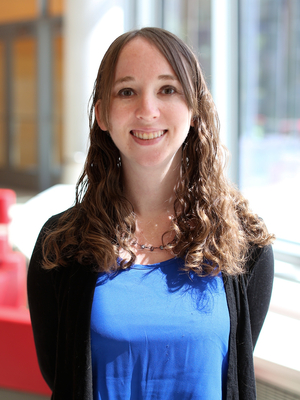
Nov 16th, 2020 at 4:10 PM
Massive stars have a profound astrophysical influence on the interstellar medium (ISM) throughout their tumultuous lives and deaths. Stellar feedback occurs through a variety of mechanisms: radiation, photoionization heating, winds, protostellar jets, supernovae, and cosmic-rays. Despite its importance, stellar feedback is cited as one of the biggest uncertainties in astrophysics today, stemming from a need for observational constraints and the challenges of considering many feedback modes simultaneously. In this talk, I will discuss recent studies of feedback from small scales of star clusters to large scales of galactic disks and outflows. By comparing multiwavelength observations with theoretical models, I will present constraints on the comparative role of different feedback modes and how they vary over time and conditions. Moreover, I will discuss the latest developments in understanding the importance of cosmic-ray feedback based on simulations and high-energy observations.
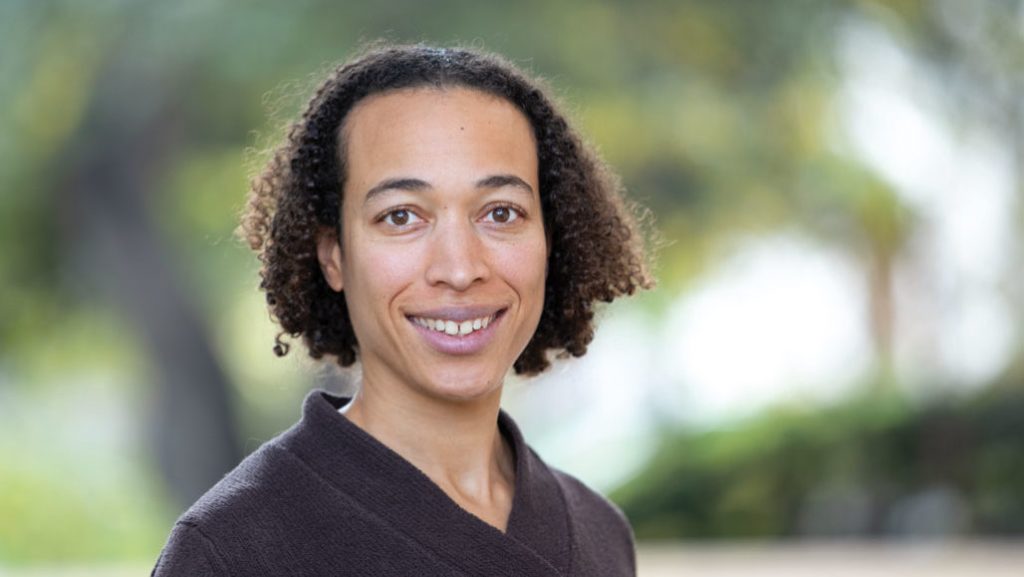
Choreographing Quantum Spin Dynamics with Light.
March 9th, 2020 at 4:10 PM
The power of quantum information lies in its capacity to be non-local, encoded in correlations among two, three, or many entangled particles. Yet our ability to produce, understand, and exploit such correlations is hampered by the fact that the interactions between particles and ordinarily local. I will report on experiments in which we use light to induce long-range interactions among cold atoms, with photons acting either as messengers or as a means of accessing highly polarizable Rydberg states. These optically controlled interactions open new opportunities in areas ranging from quantum technologies to fundamental physics. I will touch on prospects in quantum-enhanced sensing, combinatorial optimization, and simulating quantum gravity.